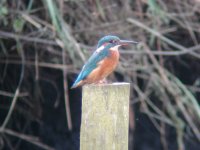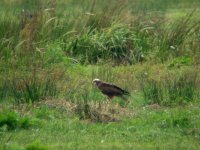Hi,
I've got a day planned at Martin Mere this week. I'm fairly new to birding (6months) so I want to brush up on my ID skills for birds I'm likely to see this time of year.
If anyone can suggest likely candidates for me to read up on before I go that would be great.
thanks
Mark
I've got a day planned at Martin Mere this week. I'm fairly new to birding (6months) so I want to brush up on my ID skills for birds I'm likely to see this time of year.
If anyone can suggest likely candidates for me to read up on before I go that would be great.
thanks
Mark






